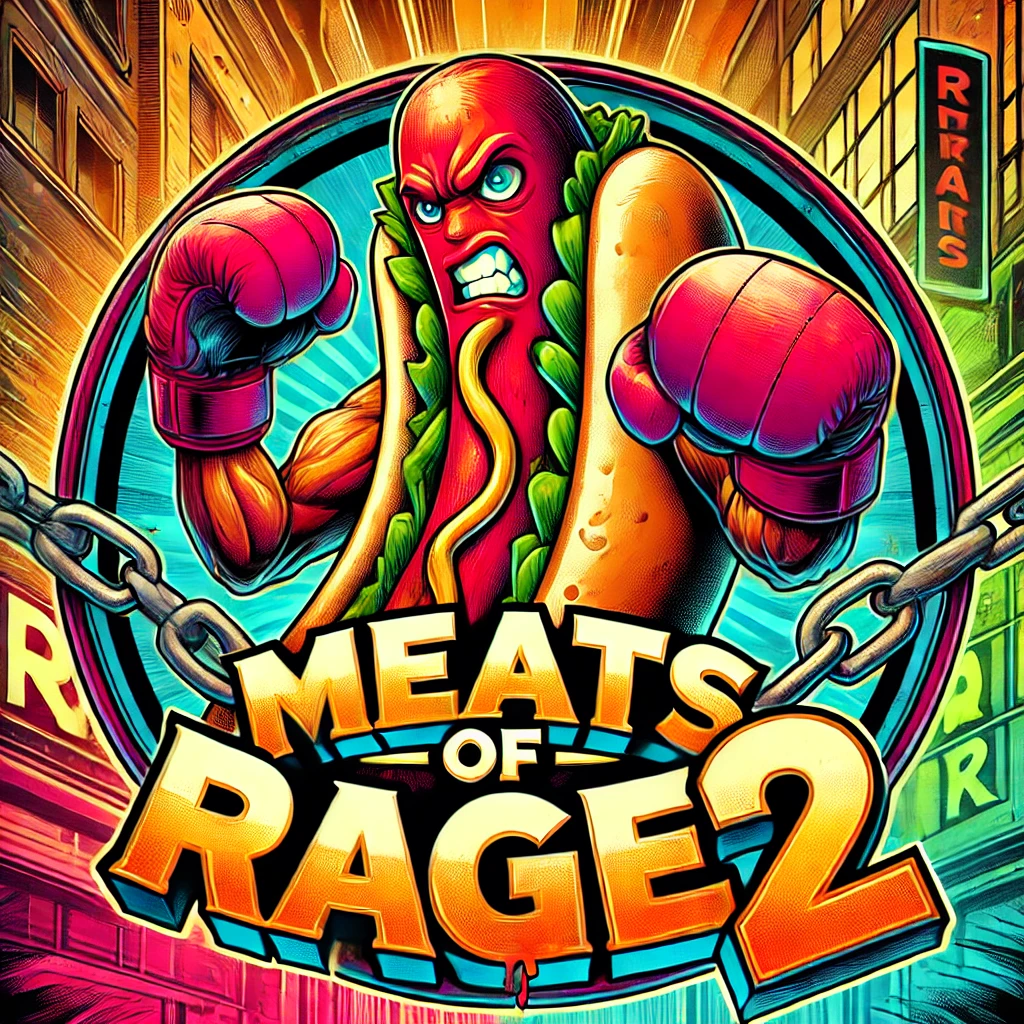Ok so here’s the rules
- I just bet on red every time
- I start with 1 dollar
- every time I lose, I triple my previous bet
- every time I win I restart
I’m going to simulate 10 games
- Game 1 - Bet $1 Lose
- Game 2 - Bet $3 Lose
- Game 3 - Bet $9 Win $18
- Game 4 - Bet $1 Lose
- Game 5 - Bet $3 Lose
- Game 6 - Bet $9 Win $18
- Game 7 - Bet $1 Lose
- Game 8 - Bet $3 Lose
- Game 9 - Bet $9 Lose
- Game 10 - Bet $18 Win $36
In this simulation I’m losing at a rate of 70%. In reality the lose rate is closer to 52%. I put in $54 but I’m walking away with $72, basically leaving the building with $18.
Another example. Let’s pretend I walk in with $100,000 to bet with. I lose my first 10 games and win the 11th.
- 1 lose
- 3 lose
- 9 lose
- 27 lose
- 81 lose
- 243 lose
- 729 lose
- 2187 lose
- 6561 lose
- 19683 lose
- 59049 win $118098
$88573 spent out of pocket, $118098 won
Walk out with roughly $29525.
I get most casinos won’t let you be that high but it’s a pretty extreme example anyway, the likelyhood of losing 10/11 games on 48% odds is really unlikely.
So help me out here, what am I missing?
To make things worse, Vegas now have triple 0 roulette tables. Three zeros in a row. In the same place. Do not play Roulette if you want to win. The only bet in a casino isn’t to the casinos favor is on Craps and it’s called ODDS. But to get to able to play it you have to win against 1.41% house edge first. And it is capped about 10x or 5x of original bet.
If you want to have the best odds against a casino that is hard work and not solid strategy. Counting cards can make money but honestly the amount of work it requires - you are better on the stock market or even in crypto.
Do not gamble against the casino.
The only reason to gambe is to have fun and safe risk with money you decided to spend and to never see again.
This is the Martingale system, it will 100% work if you have infinite money and can bet infinite amounts.
You can’t have an infinite amount since past a certain mass it will collapse onto itself and create a black hole. (or other practical limits) So eventually you lose anyway.
It won’t work on any table that has a 0 and/or 00. The reason those green numbers exist is to give the house an edge over high rollers who can sustain a martingale strategy.
Another way of thinking about it is betting your entire bankroll for 99.9…% certainty that you will win $1.
Say you go into the casino with $1000.
Bet:
$1 lose. $3 lose. $9 lose. $27 lose. $81 lose. $243 lose. $729 oh wait you can't bet that much, you only have $457 left. Dang, do you bet $457 or find another $272? Bet $457 and you win $914! Congrats you're now only down $86! Or maybe you lost and are down $1000. Or maybe you scrounged up $272 so you could keep playing Bet 729 and lose. Now you're down $1272. Or Bet 729 and you win 1458. Pay back the $272 you borrowed from your buddy, you're still up $186. You just bet $729 dollars for a %50 chance of winning $186.But what are the chances of getting 6 or 7 losses in a row? 1 in 64, or 128 respectively, actually worse because roulette wheels aren’t 50/50, they’re 18/19 (18 wins and 19 losses in 37 plays on average) or worse. So losing 6 times in a row will happen 1 in 54 plays, 7 losses is 1 in 106.
Google says roulette wheels spin 55 times per hour so with your strategy you will lose your bank roll in about one hour assuming your starting bet is 0.1% of your bank roll.
I tried the Martingale Strategy in my early 20’s, thinking I had invented a system that would actually beat the house. I was playing $1 roulette, and had a budget of $100. I did manage to win $400ish, and then I lost 12 times in a row. I busted on the 9th loss, and went back to betting $1 just to see how long it would take to win. I would have needed $4096 to stay in the positive, and I would have won $1 on that last bet.
So help me out here, what am I missing?
You’re forgetting that not all outcomes are equal. You’re just comparing the probability of winning vs the probability of losing. But when you lose you lose much bigger. If you calculate the expected outcome you will find that it is negative by design. Intuitively, that means that if you do this strategy, the one time you will lose will cost you more than the money you made all the other times where you won.
I’ll give you a short example so that we can calculate the probabilities relatively easily. We make the following assumptions:
- You have $13, which means you can only make 3 bets: $1, $3, $9
- The roulette has a single 0. This is the best case scenario. So there are 37 numbers and only 18 of them are red This gives red a 18/37 to win. The zero is why the math always works out in the casino’s favor
- You will play until you win once or until you lose all your money.
So how do we calculate the expected outcome? These outcomes are mutually exclusive, so if we can define the (expected gain * probability) of each one, we can sum them together. So let’s see what the outcomes are:
- You win on the first bet. Gain: $1. Probability: 18/37.
- You win on the second bet. Gain: $2. Probability: 19/37 * 18/37 (lose once, then win once).
- You win on the third bet. Gain: $4. Probability: (19/37) ^ 2 * 18/37 (lose twice, then win once).
- You lose all three bets. Gain: -$13. Probability: (19/37) ^ 3 (lose three times).
So the expected outcome for you is:
$1 * (18/37) + 2 * (19/37 * 18/37) + … = -$0.1328…
So you lose a bit more than $0.13 on average. Notice how the probabilities of winning $1 or $2 are much higher than the probability of losing $13, but the amount you lose is much bigger.
Others have mentioned betting limits as a reason you can’t do this. That’s wrong. There is no winning strategy. The casino always wins given enough bets. Betting limits just keep the short-term losses under control, making the business more predictable.
All your math above is irrelevant and your last paragraph is completely wrong. Table limits are the reason this strategy won’t work…
If you have a large enough bank roll and continuously double your bet after a loss, you can never lose without a table limit.
Source: data analyst.





